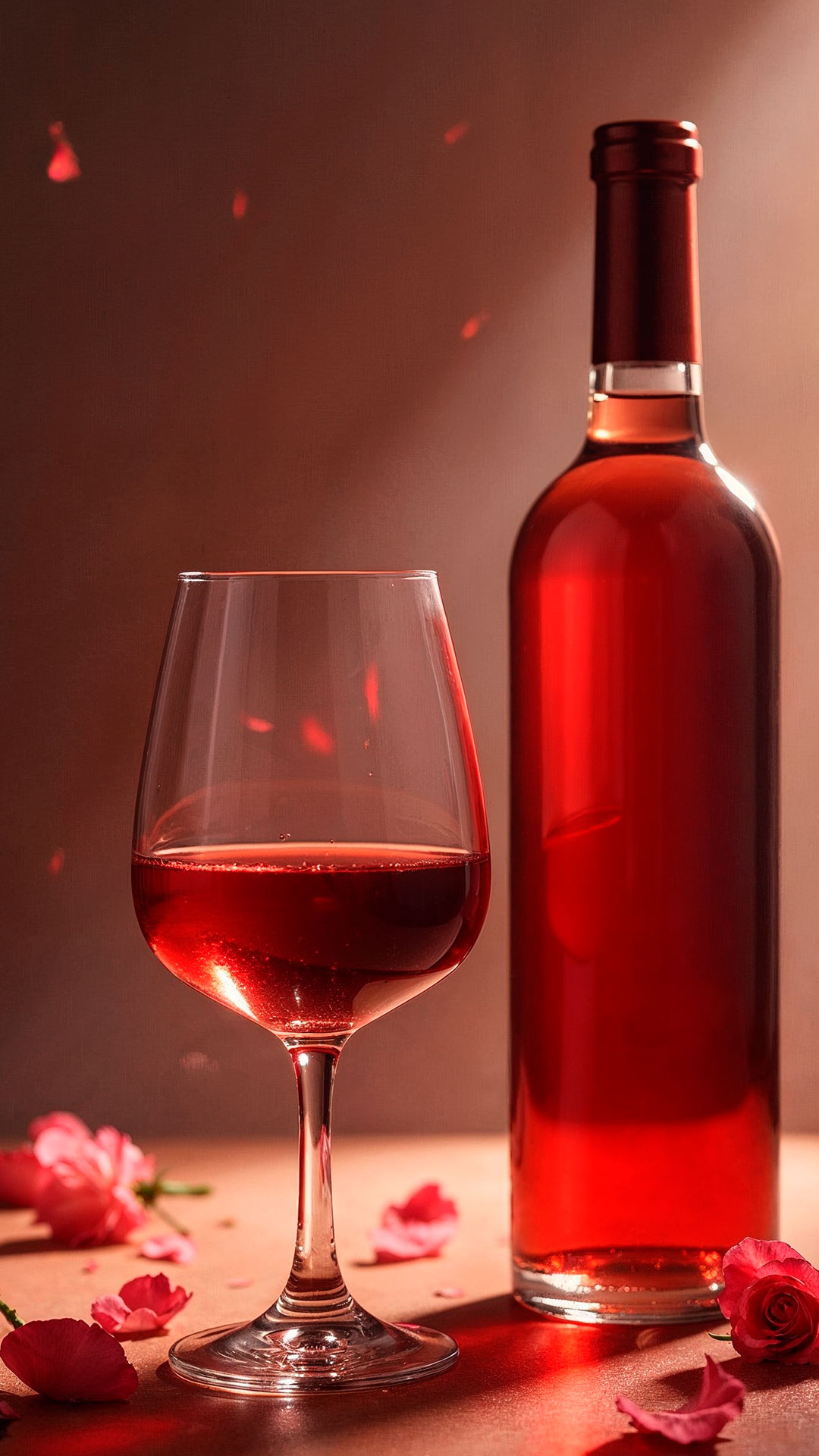
Rosé wines have earned a special place in the hearts of wine lovers around the world. Fresh, versatile, and charmingly coloured, rosés are the perfect choice for anyone looking for a light wine full of character. In this article, we explain everything you need to know about rosé wines: what they are, how they’re made, the different styles, and the best occasions to enjoy them.
What is a Rosé Wine?
A rosé wine is made from red grapes, but with limited skin contact during fermentation. This short maceration is what gives the wine its pink colour, which can range from very pale, almost salmon hues to deeper shades of pink or cherry.
Unlike red wine, rosé does not undergo extended fermentation with the skins, and unlike white wine, it uses red grapes. The result is a wine that combines the freshness and lightness of whites with some of the aromas and flavours of reds.
How is Rosé Wine Made?
Rosé Winemaking Techniques
1. Short Maceration (Skin Contact)
Red grapes are crushed, and the juice remains in contact with the skins for a few hours (usually between 2 and 48), just enough to extract colour and some phenolic compounds, but without the intensity of a red wine. The juice is then separated from the skins and fermented like a white wine.
This is the most common technique, especially in regions like Provence, France, known for pale, elegant rosés.
2. Saignée (Bleeding Method)
Some juice is “bled” from a red wine fermentation tank in the early stages. The separated juice is then fermented on its own to produce rosé, while the remaining must continues fermenting into a more concentrated red wine.
This technique often results in more structured and flavourful rosés, with deeper colour.
3. Blending
This involves blending a small amount of red wine into white wine to achieve the desired pink colour. This technique is rare and, in fact, prohibited for still quality wines in Portugal and most European countries, except for certain sparkling wines (such as Rosé Champagne).
Outside Europe, it is allowed in some countries but is generally associated with lower-quality wines.
4. Direct Pressing
Red grapes are pressed immediately after harvest, with minimal skin contact, resulting in a very pale and fresh rosé.
Final Notes
The colour and profile of a rosé depend on the duration of skin contact and the chosen winemaking technique.
In Portugal, blending red and white wines to make rosé is not permitted for quality wines.
Short maceration and saignée methods are the most valued and commonly used for quality rosés.
Characteristics of Rosé Wines
Rosé wines have distinct qualities that set them apart:
Colour: Varies from pale pink to vibrant and deep shades.
Aromas: Fresh red fruits (strawberry, raspberry, cherry), floral notes, and sometimes hints of citrus or herbs.
Flavour: Generally fresh and vibrant, with good acidity and light to medium body. Some may have a mineral touch or slight residual sweetness.
Why Choose a Rosé Wine?
Rosés are extremely versatile with food and appealing to many palates:
Food Pairing: Ideal with light dishes such as salads, seafood, sushi, Mediterranean cuisine, and even slightly spicy dishes.
Serving Temperature: Best enjoyed chilled, between 8 and 12ºC, especially refreshing on warm summer days.
Occasions: Perfect for picnics, casual gatherings, or elegant dinners—rosés suit many occasions.
Rosé Wines in Portugal and Around the World
Portugal produces excellent rosés in regions like Alentejo, Douro, and Lisbon, where native grape varieties are used to create expressive and fresh wines.
Internationally, countries like France (Provence), Spain, Italy, and the United States are also renowned for high-quality rosé wines.
Conclusion
Rosé wines are an excellent choice for those looking to enjoy something light, fresh, and full of personality. Whether for summer days, relaxed dinners, or simply to try something different, a good rosé can always surprise and delight.
Discover our selection of rosé wines at Vinha.co.uk and explore the taste of versatility!

